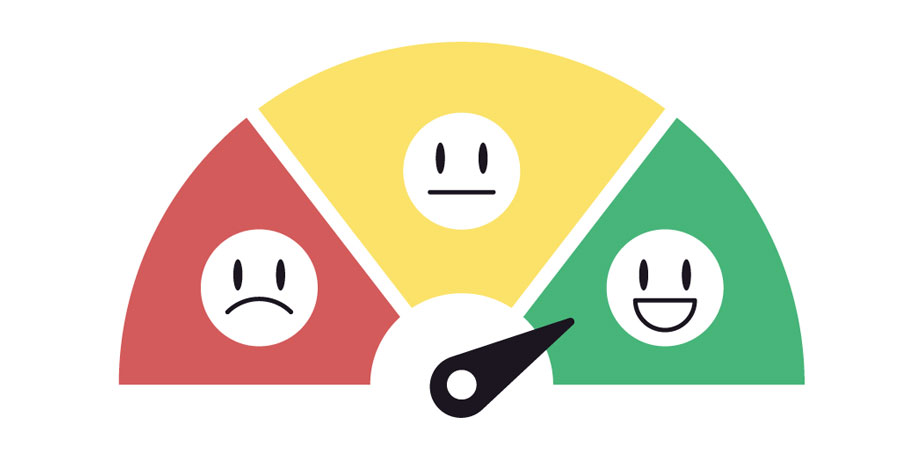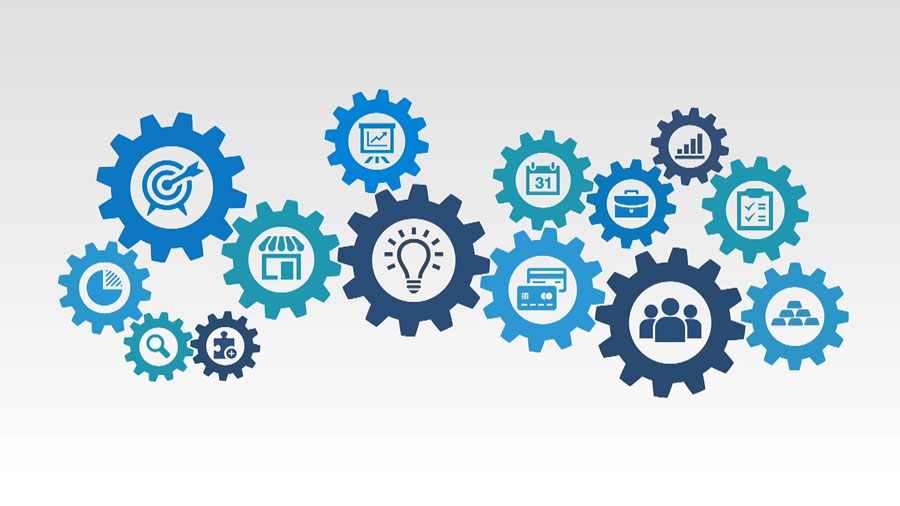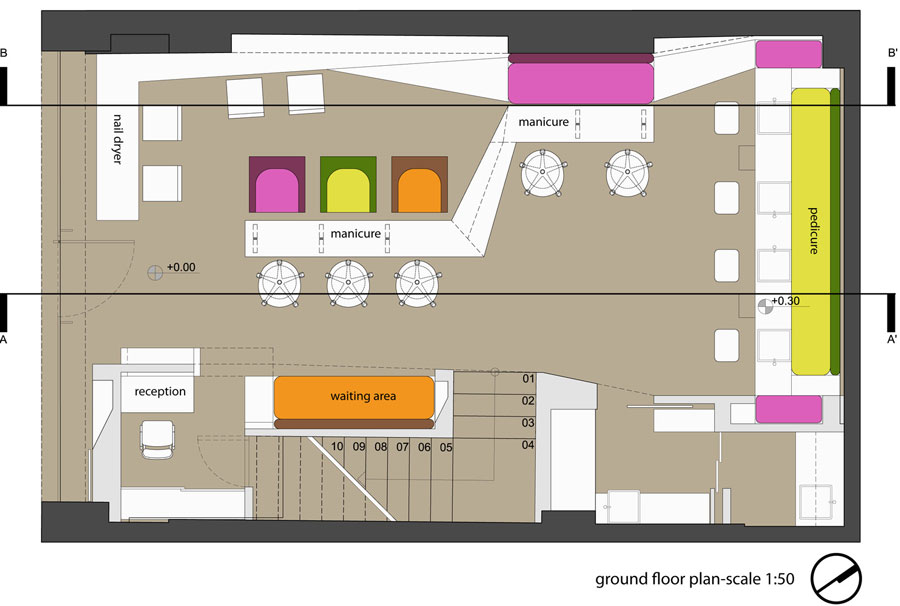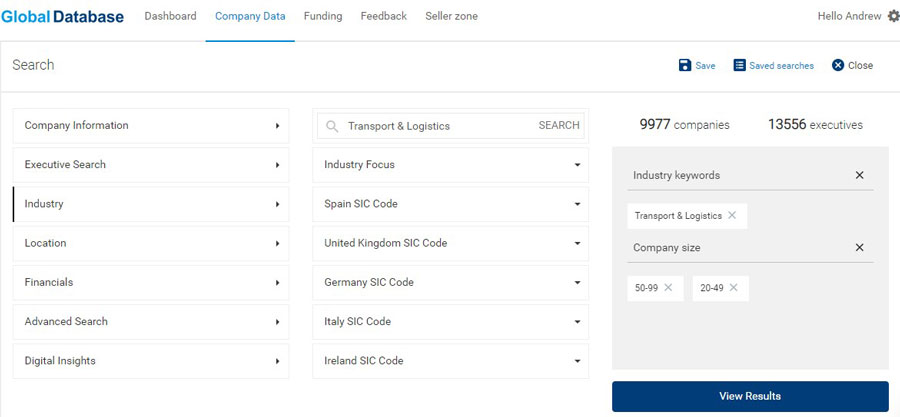It has long been evident that physical retail has lost a significant share of sales thanks to the ecommerce revolution. Malls and big outlets have been closing at an alarming speed in recent years. According to Census.gov, total retail sales have grown by 5.7% in Q2 2018, while online sales increased as much as 15.2% in the same period. It looks like brick and mortar retail is in real danger. E-commerce’s share of overall retail sales has not yet exceeded the 10% mark and online sales won’t reach 20% until at least 2022, according to Forbes.
What could be the reason? The old-fashioned way of doing things, the gut feelings and instincts used by primary decision-makers, mean that old-style retailers are losing the competition to retailers who are more open to change. There are more reasons for physical retail losing out to e-commerce, things like customers’ price sensitivity, time shortages and a growing desire for convenience. But there is still time to do something and embrace today’s fresh, data-driven, digitised approach to doing business.
‘Smart’ physical retail backed up with comprehensive data and unbiased statistics, brought to us by BI, is our new reality. Even e-commerce giants like Amazon are investing in bricks and mortar retail chains. BI can make the purchasing process smooth and easy for both customers and sales reps, make the operational processes easier and more beneficial, and even make your marketing efforts more efficient and easily measured.
Here are the main advantages of BI for the retail industry, demonstrating how a data-driven approach to major business stages like strategic planning, marketing, sales and customer service can boost retail performance.
Customer experience improvement
 One of the key offline retail advantages over online shopping is P2P (person-to-person) interaction. The seller can see the client’s mood, catch his or her emotions at that instant, know their reactions and immediately handle any objections right at the moment they appear, sometimes even preventing them. More than that, the customer’s buying decision can be influenced by music, flavour, light, product arrangement and more, as well as by warm greetings from staff and an eagerness to help. And this is the field where BI is already widely used. It allows retailers to make sure their store looks and feels right, stimulating the customer to make a purchase and making sure there are enough well-trained staff allocated for the purpose. These efforts lead to customer experience enhancement and that, in its turn, works to increase sales. For example, Samsung’s BI solution is designed to provide overall customer flow, customer behaviour, demographics and efficient staff allocation analysis.
One of the key offline retail advantages over online shopping is P2P (person-to-person) interaction. The seller can see the client’s mood, catch his or her emotions at that instant, know their reactions and immediately handle any objections right at the moment they appear, sometimes even preventing them. More than that, the customer’s buying decision can be influenced by music, flavour, light, product arrangement and more, as well as by warm greetings from staff and an eagerness to help. And this is the field where BI is already widely used. It allows retailers to make sure their store looks and feels right, stimulating the customer to make a purchase and making sure there are enough well-trained staff allocated for the purpose. These efforts lead to customer experience enhancement and that, in its turn, works to increase sales. For example, Samsung’s BI solution is designed to provide overall customer flow, customer behaviour, demographics and efficient staff allocation analysis.
Personalised experiences are better, engagement increases

Bricks and mortar retail marketing efforts, like promotions and signboards, are mainly aimed at a broader audience. Of course, they take into consideration the specifics of the target market, like demographics, but the gut feelings of management and personnel, and the resulting assumptions based on previous experience and daily supervision, still remain the main decision making factor. No wonder these efforts lack the efficiency inherent in a BI-based, data-driven approach.
Here are just some of the possibilities BI can provide:
-
Customer purchase history and shopping habits. This information can be used to provide timely personalised advice and recommendations, specific promotions, and mutually beneficial purchase conditions.
-
Unobtrusive guidance of customers to encourage ‘independent’ purchasing decisions.
-
Personalised content and essential information delivered to the client in the right moment, for example, targeted videos and ads on digital displays the customers walk past or fast-changing digital signboards.
-
Detailed conversion funnel analysis, including the whole customer journey from entrance to purchase. This helps analyse the buyers’ reactions to promotions and overall marketing effectiveness and lets you react immediately, adjusting your engagement efforts on the go, as opposed to the traditional offline shop strategy of week-or month-long experiments involving waiting for the impact of intuition-based changes.
Operational expenses drop off and operational efficiency grows

As we’ve already discovered, data-driven decisions are an obvious choice for any business that aims for success. The same goes for data-driven operations. You can use BI to get a full understanding of how many staff your retail branch needs and where they need to work to efficiently handle the flow of customers during the day. This way you’ll avoid overstaffing and avoid wasting resources while preventing staff overload.
Of course, marketing is just one way to get huge benefits from BI usage. First of all, when based on verified, accurate and detailed data, your marketing and promotion strategies will bring you the highest ROI for every marketing effort undertaken in-store. Comprehensive customer demographics, statistically proven interests, needs and pain points all allow you to plan your marketing efforts on a highly-personalised basis. Second, being aware of your customers’ reactions to a specific promotion, both in real-time and in intuitive statistical reports, will allow better resources and marketing funds allocation, and, even more important, measure the effectiveness of your efforts correctly.
An excellent example of efficient BI usage in retail marketing is digital ad tailoring, based on the demographics of the customers walking through a store in real-time. Actual foot traffic is being analysed, and the displays on the prospect’s way across the store show relevant digital ads. There’s no need for additional staff chasing the customer, trying to make them purchase something and potentially annoying them.
Product placement and floor plan optimisation

Yet another retail business success factor is a well-thought floor plan, imperceptibly guiding customers to buy, or even buy more than they intended to. Due to the limitations caused by the floor space, it’s vital that every square foot brings maximum revenues and, respectively, result in profit at the end of the sales cycle. What you get when implementing BI into your floor planning is no more guesswork, and decisions based on the facts:
-
Identify the places in store where customers spend most of their time
-
Spot the displays that are getting the most attention from customers
-
Determine slow-moving products
These insights help create attractive ads for slow-moving products and hold effective sales, increasing customer engagement and driving traffic to the right places within a well-planned floor layout.
How Company Intelligence platforms benefit retailers
All the efforts mentioned above are in vain unless you prepare properly, something that’s essential for every physical retail business aiming to enter a new market or strengthen its position in their current one. It includes three stages, from market research and competitor due diligence through to attracting reliable local partners in transportation, logistics, supply and many other areas. And business data solutions like Global Database, which provides comprehensive information about companies in specific industries, countries or both, serve as the primary support for each of these stages. A popular company data platform, it offers accurate information on businesses all over the world, plus an advanced filtering system for you to narrow your search down to the exact criteria you’re interested in. You could:
-
Select the location and status of the company, only choosing to work with active companies from certain countries
-
Select enterprises of a specific size, reflecting the niche you’re aiming at and revealing your main competitors
-
Research company activity type, former and current financial state, debts, legal issues and credit scores to find reliable partnerships and detect competitor weaknesses
-
Use the contact data to directly reach decision-makers, acquiring corporate customers and partners faster and easier.

To sum up…
Traditional in-store retail still occupies an important place in modern reality and isn’t giving up its position in favour of e-commerce. People still make buying decisions, and they need human communication, the advice of a real person, the possibility of touching and trying the product by themselves. But this doesn’t mean the use of appropriate e-commerce tools isn’t worth the traditional retailers' attention. On the contrary, brick and mortar retail is still evolving, using Business Intelligence solutions that enhance the customer experience thanks to high level personalisation, increased engagement, creating a customer-friendly environment and allowing the precise measurement of all marketing, sales and customer care efforts. By embracing a data-driven approach, every retail business can be positioned well enough to succeed in a competitive existing market.